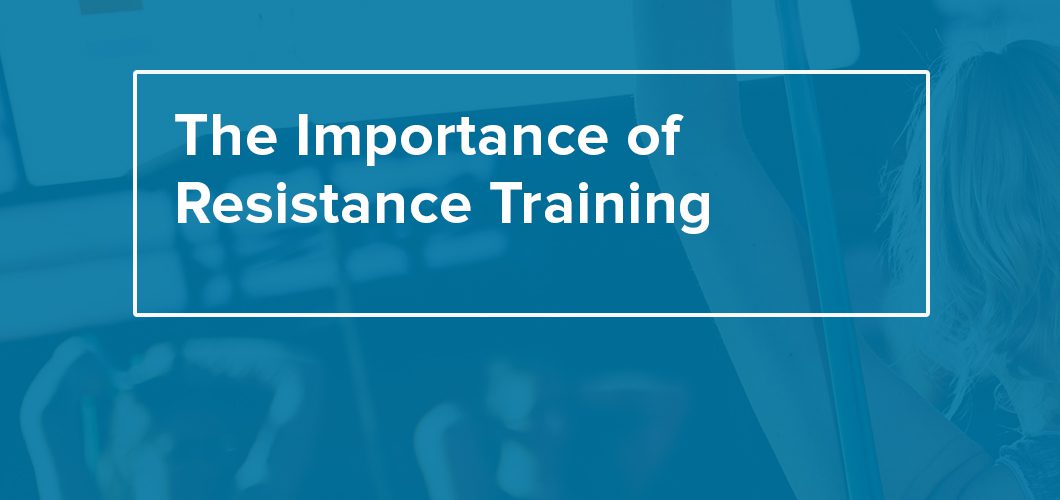Strength training, which is also known as resistance training, has historically been one of the most underrated forms of fitness, at least in terms of popular media. Usually, the focus of exercise trends focuses on cardio, and resistance training is often left out and discounted as only building strength where it should be seen as a tool for improved health, wellness and fitness.
Much of the hesitation with strength training stems from not really knowing what it’s all about, or the fear of getting ‘bulky’ (which can only happen if you are specifically training for muscle growth). Resistance training is defined as a method of improving muscular strength by gradually increasing the ability to resist force. Different forms of resistance training include using free weights, weight machines, resistance bands and your own body weight.
The purpose of strength training sessions is to increasingly add resistance, which stimulates the development of muscle strength to meet the added demand. Increasing strength in tissues translates to increased capacity to withstand external force. What does this mean practically?
Gaining strength means a lot of benefits, including:
- improved balance, which can help you remain independent as you age
- weight management from increased muscle mass
- prevention of sarcopenia (muscle loss) in aging population
- improved stamina – as you grow stronger, you won’t get tired as easily
- prevention or control of some chronic diseases
- improved posture
- decreased risk of injury
- stable joints
- increased bone density and strength and reduced risk of osteoporosis
It is often said that strength is king. Want to prevent falls? Get strong. Want to improve sports performance? Get strong. Want to have healthy joints? Get strong. Want to be able to hike farther? Get strong. Want to be able to carry your own groceries when you are 70? Get strong.
“Getting stronger makes everything in life easier.” – Dan John
For some, strength training isn’t something viewed as being needed. People who have physically demanding jobs, for example, tend to think that because their jobs are a “workout”, they are strong and don’t need to do strength training. In fact, it is these people who arguably need it the most. Your body adapts to the demands of your everyday life (whether that is quite physical or minimally physical). This means that you’re strong in the areas required for everyday but not necessarily in other movement patterns. Runners, for example, may think that running makes their legs strong, which is partially true, but only in the one specific movement. Being strong in one movement pattern and weak in others opens you up to an increased chance of injury if you need to move outside that pattern (for example: moving laterally to step around someone in a race or hop up onto a curb).
Strength training has so many benefits, that it should be included by people of all ages and abilities. In fact, many people who “hate cardio” might find a happy alternative in strength training, leading to an increased ability to stick to an exercise routine.
Kristen Hansen, BA, CSEP-CPT, PFT-NAIT, NASM-CES, FRCms
Shara Vigeant, BA, NSCA-CPT, CFSC
SVPT Fitness & Athletics



